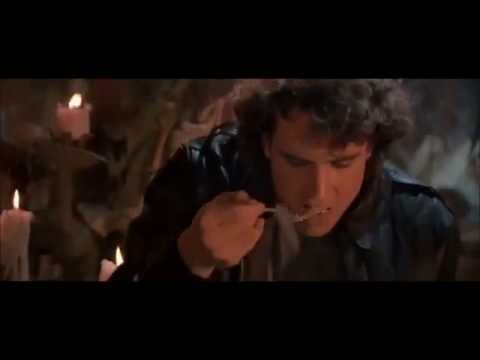I just read that if we applied “strategic grazing”to 25% of our crop land and grassland, we could eliminate the entire carbon footprint of American agriculture— and presumably still have enough meat. ( I really only care about the latter; I do not see how anybody can live without eating beef , so no don’t imagine I’ve become a climatista.)
But, you dear polymaths, I’m writing to get your perspective, which I know will be well-educated and realistic.
This started with an article I read on Aeon, the title of which is “ Why You Should Eat Meat” (Zangwill) ; it’s not a “Modest Proposal” type satire : the author says, if you love animals it is your moral responsibility to eat them.
You might wanna read it: I suspect it may be taken down soon.
Wow! This on a site where I recently read an article opposing the “farming” of bugs, because, maybe it hurts ‘em ,we don’t know. Zangwill’s point is that when we raise and curate animals, we give them a very good existence: safety from predators, food security…and yes then we kill them, but um, that’s life! Everything that lives, dies. Why concentrate on that and ignore their delightful,existence up to that point? Animals who arent raised for food suffer terribly, and die violently, by the millions every day, every minute, in the wild. Weather, hunger, flight, parasites, poor critters!—human hunters are the very least of it. If you’re a lamb, born to a wild mountain ewe and ram, no way you can outrun a wolf ; a lamb’s only chance of surviving such an attack is the intervention of the proverbial Good Shepherd with his crook and slingshot.
That’s n in fact the central metaphor , the primary icon of Christianity, Jesus as shepherd—and Jesus as lamb. That, and the wheat vs. tares…. But let’s face it, both the lamb and the blessed golden wheat are destined for consumption. They don’t stay on the “fold” nor the “granary” forever: they exist only to feed their human curators: creators, really, since we wouldn’t have wheat in its present edible form if it weren’t for agriculture, and many many lambs are alive who would never have lived at all if it weren’t for the human pastoralists.
And according to all the tropes of our religion: no problem! “We are His people, and the sheep of His pasture”: we are “the harvest”.
However, Zangwill admits he doesn’t like the idea of “factory farms” because in that instance, humans aren’t keeping up our end of the bargain , or “institution” as he calls it: those pigs ‘n’ cows and I reckon chickens do NOT have a good life.
So natcherly, I thought: I get that— but could we raise enough meat for ourselves WITHOUT employing “factory farms”?
By all accounts, we’re raising waaaay too much wheat in the US, f’rinstance. You’d think that’d be good, but apparently we flood world markets with it, hurting local markets, yada yada, plus we’re paying US farmers NOT to grow the stuff. I read somewhere that the entire middle of our country is at present dedicated to growing wheat, soy, hay, corn (a lot of it to feed those imprisoned factory farm animals).
Dear polymaths, here’s what I wanna know:
do you think we could just let the cows loose on that land, Y’know, to graze those fields, let em go back to grass which is what cattle really need—,(with rotation, of course) — eliminate harvesting, transporting, storing, get the nutrients right to the free-ranging animals’ stomachs—
And still have enough to feed Americans on both wheat ‘n’ meat?
I always assumed we couldn’t; that the great accomplishment of our government and other governments in making so many calories available that now—worldwide—obesity is a bigger problem than hunger, was only made possible by factory farming and industrialized agriculture.
If maybe it isn’t true, the future looks better for both us and animals than I’ve always feared.

